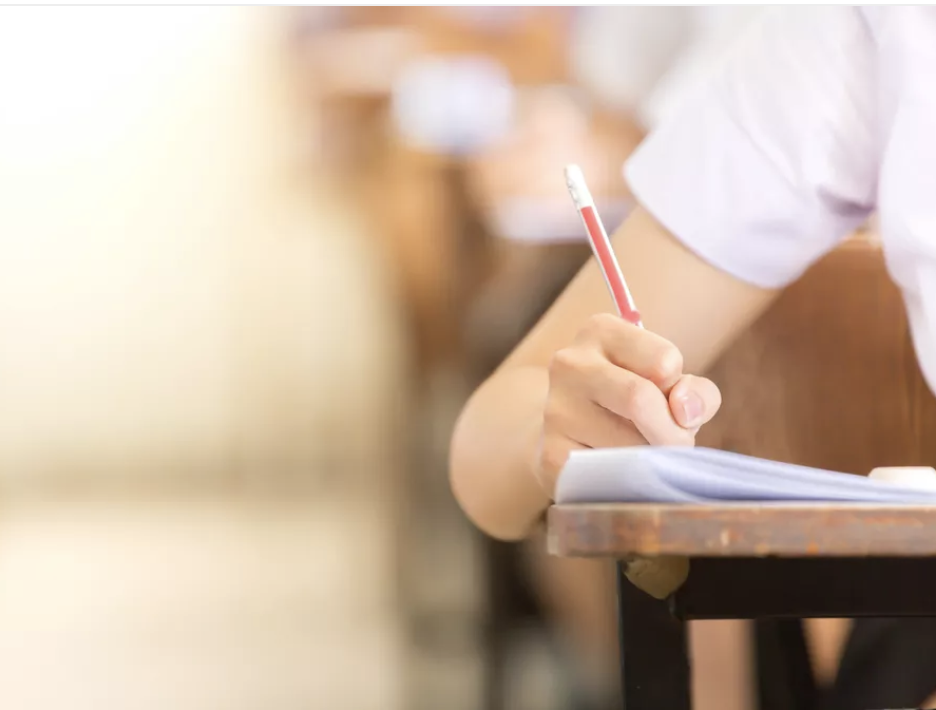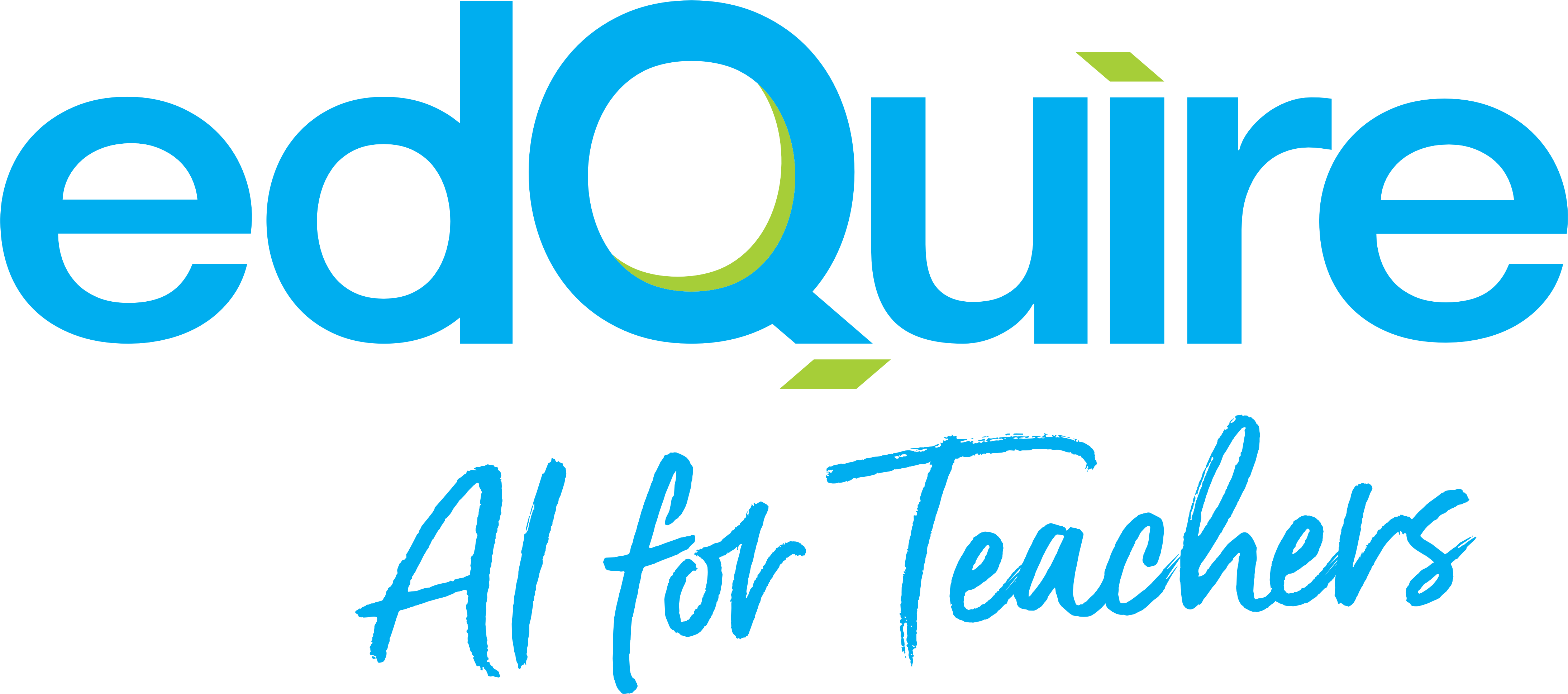The PISA results have come in, and for Australian schools, the outcome isn’t great. In fact, it may surprise you to learn that it’s the OECD countries, some of the wealthiest in the world, that are seeing a decline in results from previous years. New Zealand, Canada, Japan, Finland are some of the countries to share decreasing results.

What have we learnt?
* Gonski has research to show that 60% of Australian teachers see a decrease in student’s readiness to learn at school
* Over 80% of teachers believe that digital devices are a growing distraction to students* More and more children are arriving to school tired.
What can we do?
Firstly, we need to stop laying all the blame on digital technology. This might seem obvious, but it’s worth saying – it’s not the technology that is causing our students to be tired and distracted. It’s how we use the technology that matters. It’s the HOW and the WHY that we need to address.
We must use an evidence based approach to address these issues. Knee-jerk reactions that try to address one problem are not the answer, and can do more harm than good. Removing devices from our bank of learning tools cannot be the solution, as we live in a world that relies heavily on digital information and processing. This is not going to change.What we need is data. Real time, learning analytics data that can capture, record and measure how our students are interacting with these learning tools. Data that shows trends in learning behaviours, data that shows what our students are using their devices for at school, when they’re using it, and how they’re interacting with it.
This is possible.
This technology exists. It’s called edQuire.
The real issue isn’t that we can’t manage our student’s online behaviours, it’s that we as educators either don’t know about this technology or how it can help us.
Give it a try, you might be pleasantly surprised at what you learn!

Recent Comments